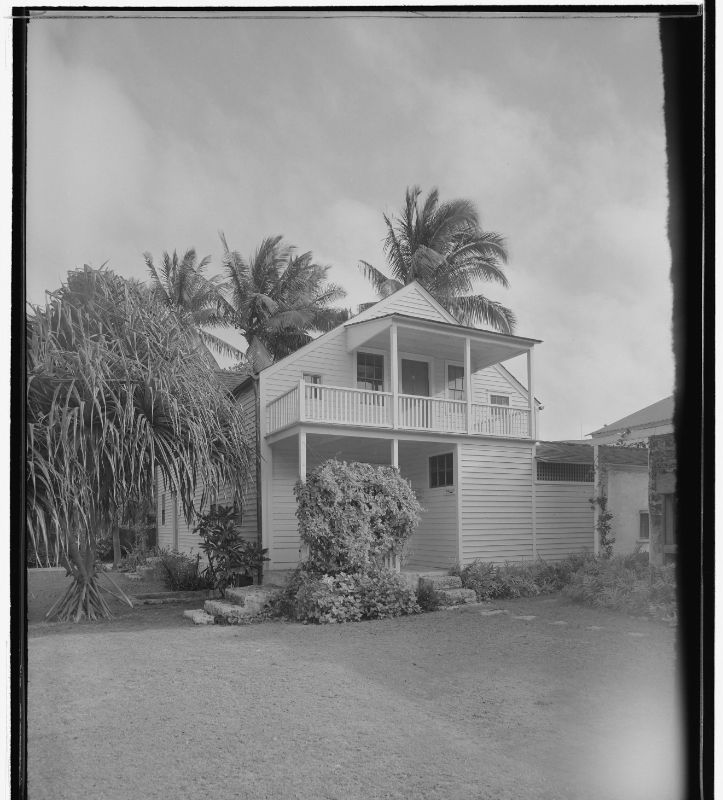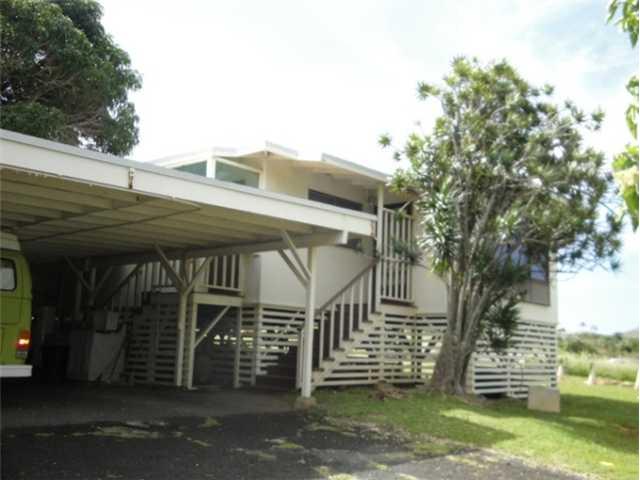After a brief stay in the Islands, in 1839, John Augustus Sutter, a Swiss seeking his fortune in America, brought a small group of native Hawaiians with him to California.
They worked for him and eventually intermarried with local native American families. They settled in the area of Vernon, which is now called Verona, where the Feather River flows into the Sacramento River in South Sutter County. (co-sutter-ca-us)
At the time of Sutter’s arrival in California, the territory had a population of only 1,000 Europeans, in contrast with 30,000 Native Americans. At the time, it was part of Mexico and the governor, Juan Bautista Alvarado, granted him permission to settle.
In order to qualify for a land grant, Sutter became a Mexican citizen in 1840; the following year, he received title to about 49,000-acres and named his settlement New Helvetia, or “New Switzerland.” He called his compound Sutter’s Fort.
In his memoirs, Sutter recalled the Hawaiians, using a name then-common to describe Hawaiian workers, “I could not have settled the country without the aid of these Kanakas.” They built the first settlers’ homes in Sacramento – hale pili (grass shacks) made with California willow and bamboo.
Sutter later ordered that a sawmill be built in the Coloma Valley on the South Fork of the American River, about 50-miles from the fort. In the process of deepening the millrace (the channel of water where the flow of current causes the mill wheel to turn,) James Marshall made an important discovery that changed things, a lot.
On January 24, 1848, a young Virginian named Henry William Bigler recorded in his diary: “This day some kind of mettle was found in the tail race that looks like gold first discovered by James Martial, the boss of the Mill.” (csun)
Marshall and Sutter tried their best to keep the discovery of gold quiet until the construction of Sutter’s mill was completed; the news leaked out, and the stampede began. Some 300,000-people came to California from the rest of the United States and abroad.
“Forty-Niner” has become the collective label for those who participated in the famous California Gold Rush. Quite a few people arrived in 1848, and many came after 1849; however, it was the year 1849 which witnessed the large wave of gold-seekers. (Hinckley)
The first large group of Americans to arrive were several thousand Oregonians who came down the Siskiyou Trail. News reached Hawaiʻi on June 24 on a boat that had departed San Francisco on May 24.
A large proportion of the Americans and Europeans residing in the Islands, along with many native Hawaiians, headed east; as many ships as were available were outfitted for the journey to the Pacific Coast.
When news of the Gold Rush reached Canton in 1848, thousands of young Chinese mortgaged their futures and boarded boats to “Gum Shan,” or “Gold Mountain,” as California became named. (By 1852, 25,000 Chinese had reached Gold Mountain.)
New Zealanders received the news in November 1848 when an American whaler put into port with several newspapers from Hawaiʻi, and Australians learned about the discoveries a month later.
All of these groups predated Americans arriving from the US East Coast, who had to wait until trading ships from Asia who had stopped in San Francisco or Hawaiʻi either rounded the tip of South America or reached the Isthmus of Panama and crossed it with the news.
Kanaka colonies sprang up throughout the gold country, and California’s first “Good Humor” man, Charlie O’Kaaina, supposedly sold ice cream from his ice wagon in the Sierra foothills. (Magagnini)
Place names like Kanaka Creek in Sierra County and Kanaka Bar in Trinity County tell us of the growing presence of Hawaiians in gold country. “Hawaiians also migrated to Yolo County, California to participate in the Gold Rush and created their own Kanaka Village.”
“There is evidence that Hawaiians settled across California in the late-1800s and even intermarried with Native Americans. Many scholars speculate that Hawaiians migrated to the mainland in order to gain more economic opportunity and to flee from the dramatic Westernization that was changing the face of Hawaiʻi.” (pbs-org)
The California Gold Rush drawing Hawaiians to the continent was not its only effect on the Islands; the Hawaiian economy was affected in several ways – good and not-so-good.
Prior to the Gold Rush, supporting the Pacific whaling and trading fleets and trade between the West Coast and Hawaiʻi was the scale of the Hawaiʻi participation. The scale of that significantly changed with the Gold Rush.
Hawaiʻi was only three to five weeks away, and with the growing population drawn to the gold fields, in addition to provisioning ships, Hawaiʻi farmers were feeding the gold seekers on the continent.
There were some down sides; this also brought a marked increase in the prices of consumer goods, especially food, caused by the great increase in agricultural exports to California, which offered very profitable new markets. (Rawls)
Likewise, the exodus to the continent created a critical labor shortage in Hawaiʻi, where a sizeable number of sugar plantation workers migrated to the California gold fields.
The parting of workers from the plantations between 1848 and 1853 was so large, Hawaiʻi sugar producers began to seek Chinese immigrants to fill the gap. (Rawls)
As the California Gold Rush demonstrates, the success of the Island’s economy was largely tied to events that occurred outside the Islands, especially on the continent. The American Civil War’s influence on Hawaiʻi’s fledgling sugar industry is another example of that, starting in 1861.
The Civil War virtually shut down Louisiana sugar production during the 1860s, enabling Hawai‘i to fill part of the void left by the absence of then-blockaded southern exports – at elevated prices.
Hawaiian-grown sugar soon replaced much of this southern sugar through the duration of the conflict. By the end of the war, over thirty extremely prosperous plantations were in operation and expanded to new levels previously unheard of before the war’s commencement.






























